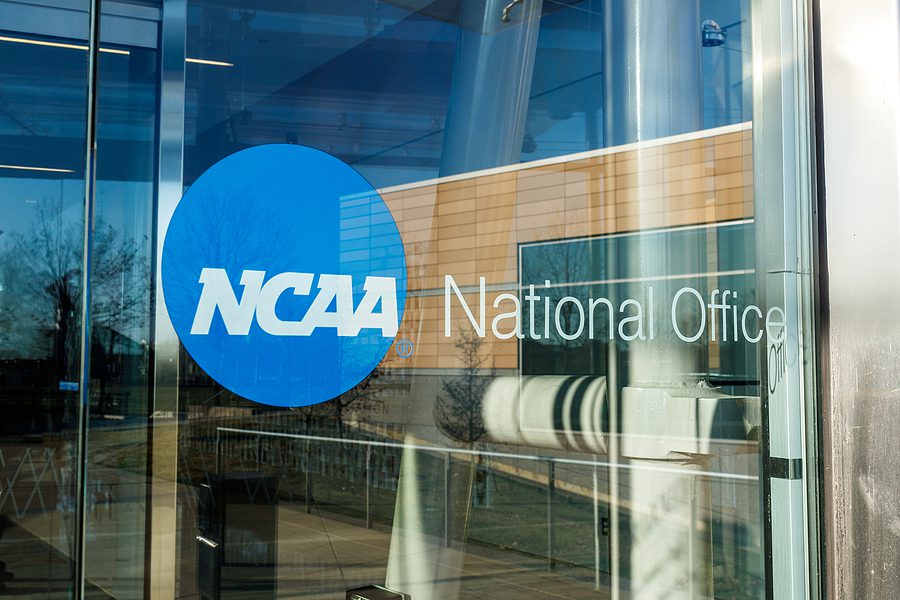When we think of taxes in the sports world, we tend to focus on the individual athlete. Compared to the average Joe, the amount of tax they have to pay is simply astronomical. However, there’s always two sides to every story. Most sports fans have at least heard of the term “salary cap,” and what it means for every team. In the MLB, this same concept is known as a luxury tax. This “competitive balance tax” was established in 1997 and encourages big spending, but costs a premium to keep the game as fair as possible for all organizations.
No Limit on Luxury Tax
A typical salary cap sets a limit on the amount of money an organization can pay to its’ athletes. A luxury tax is slightly different because while a limit exists, teams are still allowed to go over the threshold. The threshold for 2018 is set to be $197 million. A 20% luxury tax must be paid on every dollar that surpasses the threshold. If you’re a second time offender, it increases to 30%. For a third time offender, you must pay 50%. The penalties can add up quickly. Especially when you include a 12% surtax if you are over the threshold by $20-40M. If you surpass the limit by over $40M, the surtax increases to 42.5%. The New York Yankees are no stranger to these taxes considering they have surpassed the threshold ever since 2003, and have paid nearly $325M in luxury tax over that span.
Where the Money Goes
In 2016, a record six different teams paid a combined $74M in luxury tax. This money must be paid to the commissioner by the following January, and is dispersed accordingly. It is used to fund player benefits, the MLB’s Industry Growth Fund, player’s Individual Retirement Accounts, and is split between the teams who did not surpass the luxury tax limit.
An Expensive Future for Giancarlo Stanton
The future of Giancarlo Stanton has been one of the hottest topics this offseason. In 2017, the Miami Marlins outfielder led the league in home runs, hitting 59. Because of his enormous contract, which still has approximately $295M left to be paid, and the rebuilding nature of the Marlins, Stanton is almost certainly going to be on the move. Multiple general managers have said “Stanton wouldn’t be claimed if he were to suddenly be placed on waivers, due to the financial commitment required to sign him.” This massive contract undoubtedly scares a majority of MLB teams due to the salary cap and resulting luxury tax if they exceed the upcoming $197 million payroll threshold.
The San Francisco Giants and St. Louis Cardinals are among the top contenders for landing Stanton this offseason. The Cardinals boast a wide variety of young pitchers available for trade, and have roughly $70M remaining on the payroll before crossing into luxury tax. Those aspects combined with one of the strongest farm systems in the league, the Cardinals can offer an attractive trade package for the Miami slugger. While there are certainly more details involved in major trades, organizations are constantly wary of the luxury tax enforced by the MLB every year.
Learn more about our Sports, Arts & Entertainment Group or contact an Anders advisor to find out how we can help.






